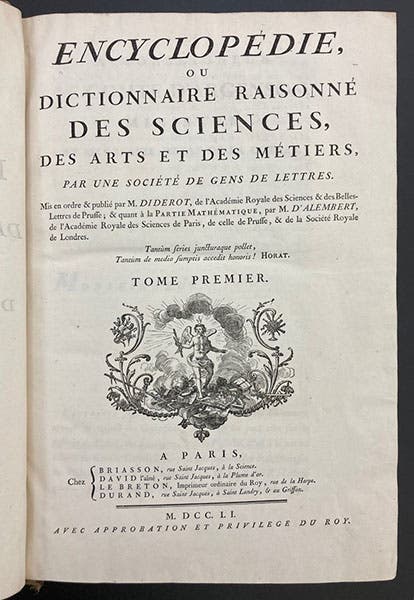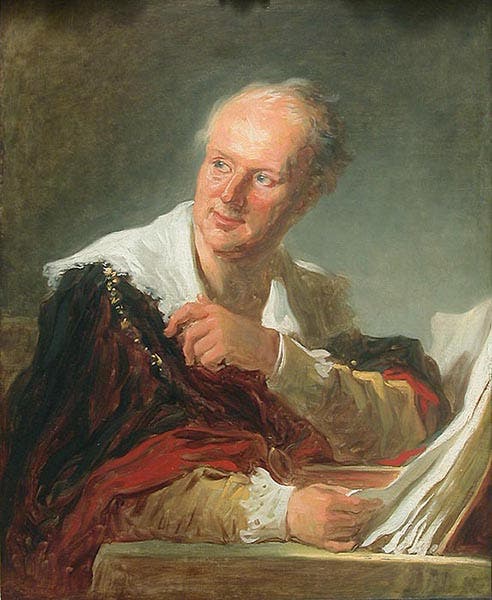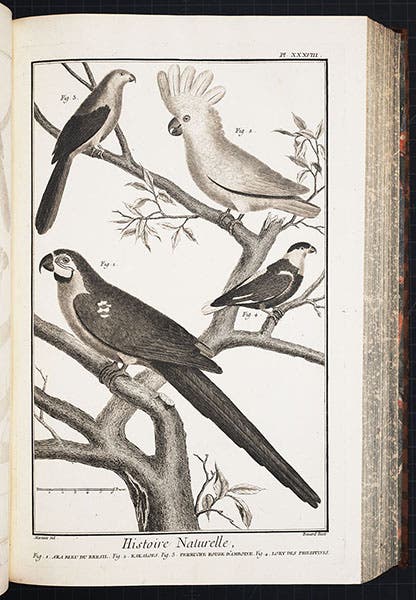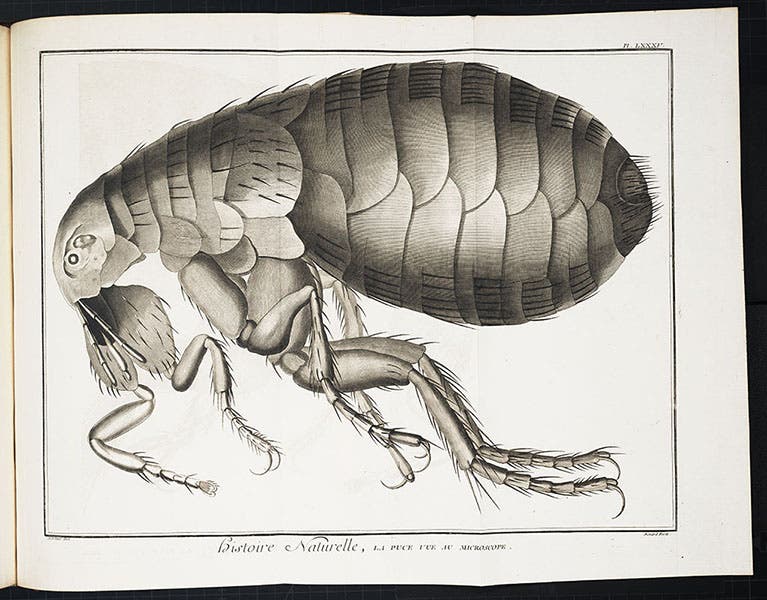Scientist of the Day - Denis Diderot
Denis Diderot, a French philosophe, was born Oct. 5, 1713. Diderot was the major force behind the publication of the famous Encyclopédie, the first modern encyclopedia, which appeared in 17 folio volumes of text and 11 plate volumes between 1751 and 1772. Its full title was: Encyclopédie, ou dictionnaire raisonné des sciences, des arts et des métiers (Encyclopedia, or a Reasoned Dictionary of the Sciences, Arts, and Crafts)
Diderot was co-founder and co-editor of the project with Jean d’Alembert, but d’Alembert retired from the enterprise halfway through, and Diderot had to carry on alone. Problems arose constantly. After volumes 1 and 2 appeared, the theological faculty at the Sorbonne in Paris condemned the work and the publication license was lifted. It was eventually reinstated, but after volume 7, in 1759, publication again ceased when Pope Clement XIII had the entire Encyclopédie placed on the Index of Prohibited Books. But Diderot persevered in the face of constant opposition from the ancien regime, the old guard who would resist change right up to the French Revolution.
In addition to soliciting and editing articles from many contributors, Diderot wrote thousands of articles himself. Although he lived until 1784, he didn’t live quite long enough to see the Encyclopédie hailed as the most important publication of the 18th century, although eventually it would be.
The plates we display here are all from the “Natural History” and “Mineralogy” plate volumes, which we had scanned for several exhibitions, and depict: the Giant’s Causeway in Ireland (first image); an eruption of Mt. Vesuvius (fourth image); exotic birds from Brazil and the Indies (fifth image); a magnified flea (courtesy of Robert Hooke; sixth image); and a general plan of a mine, seen in cross-section (seventh image). We have a complete set of the Encyclopédie in our History of Science Collection.
Diderot did not have an easy life. He was regularly harassed by authorities, spent some time in prison, and had his manuscripts confiscated He never made much money from his writings, which absorbed his complete attention for most of his life. But he won the admiration of many important thinkers, including Voltaire and Madame du Châtelet.
There is a portrait of Diderot, painted by Jean Fragonard, that shows Diderot as an inspired romantic, waiting for the touch of the muse (third image). Diderot hated the portrait, because he said he was a man of reason, not passion. That might stand as an epitaph, not only for Diderot, but for the entire French Enlightenment.
There are two statues of Diderot that we know of, one in his hometown of Langres, and the other in the 6th arrondissement of Paris, which we show here as our final image.
This entry was originally posted on July 31, 2015; it is here revised and enlarged, with additional images and added captions.
Dr. William B. Ashworth, Jr., Consultant for the History of Science, Linda Hall Library and Associate Professor emeritus, Department of History, University of Missouri-Kansas City. Comments or corrections are welcome; please direct to ashworthw@umkc.edu.













